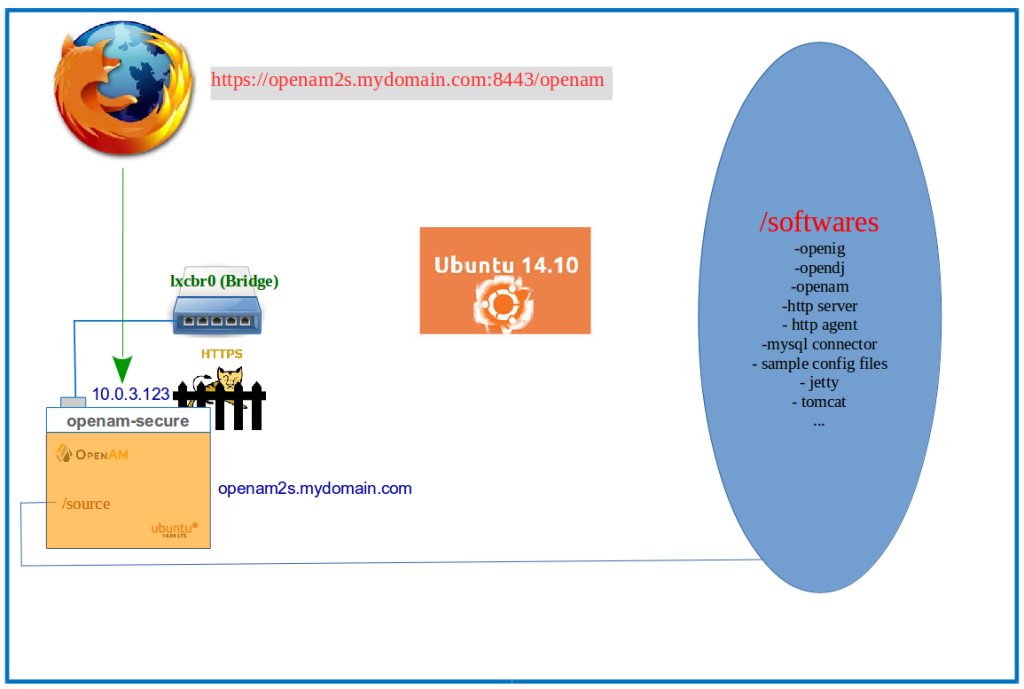This is the third episode from a four part video made on using SAML v2 Assertion attributes in an application protected by ForgeRock OpenAM. In the interest of continuity and also to get the context accurately, it may make sense to read/view the blog posts in the following order:
1. Protecting a J2EE Application with ForgeRock OpenAM
2. Configuring Federation in ForgeRock OpenAM
3. Configuring Transient Federation in ForgeRock OpenAM
4. Using SAMLv2 Assertion Attributes
Let me throw a picture at you:
The diagram is a slightly modified version of the one that you would have seen in my earlier blog entry. It has one additional user in the Identity Provider (which of course seems like a world famous detective and that’s no coincidence), but no corresponding entry in the Service Provider. In the Identity Federation Configuration earlier, we saw how a user with an id ‘demo’ in the Identity Provider linked her account with her id in the Service Provider. But there can be situations, when we may want to use Federation with identities only at the IDP, still gaining access to the applications protected by the SP. That’s where Transient Federation comes into play. It maps the identities from IDP to an anonymous user in the SP (many to one mapping).
Enjoy!


